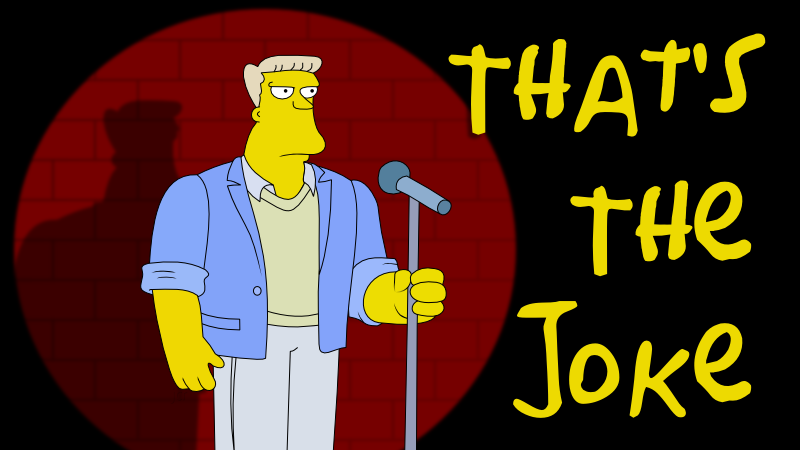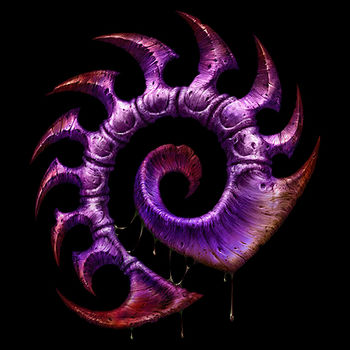That is a masterfully crafted mansplaining trap.
Chappeau.
Me: That doesn’t seem right. OH. Oh, I am stupid.
*OH2
I very slowly zoomed in on the actual words in the post.
Started off processing “molecule” as “mole”, “solar system” as “galaxy”, and thinking “ha, don’t know if that’s true but it sounds both plausible and neat”.
There are definitely more hydrogen atoms in a mole of water than stars in the Milky Way.
The Milky Way has somewhere between 100 and 400 billion stars according to Wikipedia (
1*10^11to4*10^11). A mole of water has6.022*10^23molecules in it, each of which has two hydrogen atoms in it for a total of1.2044*10^24hydrogen atoms.10^24 / 10^11 = 10^13which is ten trillion. So, a mole of water has roughly ten trillion times as many hydrogen atoms as the Milky Way has stars.Chad water / virgin Milky Way
Imagine how many more moles of hydrogen the Milky way must have than a single mole of water
- Number of hydrogen atoms in a single molecule of water (H2O): 2
- Number of stars in our (ENTIRE) solar system: 1
That’s the joke.
There are fewer hydrogen atoms in a single molecule of water than there are fingers on my hand.
Check and mate.
Click here if you don't understand
There is only one star in our solar system - the Sun.
And if you somehow still don't get it, click here
Meanwhile, there are two hydrogen atoms in a water molecule - H2O
If you're still having trouble, click here
2 is greater than 1
Only if they are good things. 2 people trying to stab you, not greater than 1. Pessimism, the negative perspective. Only in math do we hold onto those darn dashes

Yes, the “if you don’t understand the joke” comment explains the joke. That’s the point.
So do we not count the mini suns being created at places like Livermore Labs? 🤔
We can’t make plasma dense enough to have significant convention over radiance, and the longest active run is only a minute or so. We’re a good way away from plasma stable enough to be called a star, although it’s getting closer. Hydrogen bombs are probably the closest we have so far.








